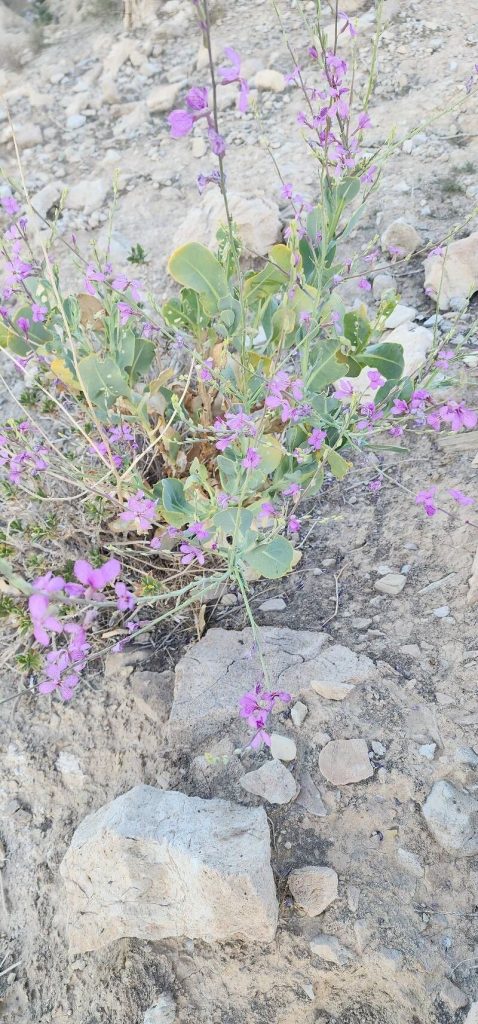Propagating Physorhynchus chamaerapistrum: A Gardener’s Challenge
Physorhynchus chamaerapistrum, while lacking a widely recognized common name, is a captivating plant that has increasingly gained popularity among discerning gardeners. Its [insert key characteristics here, e.g., unique foliage color, unusual flower shape, drought tolerance] make it a desirable addition to many gardens. However, propagating this intriguing species presents unique challenges. This article explores various propagation methods, highlighting their potential and limitations.
Seed Germination:
Currently, there are no known reliable methods for seed germination propagation of Physorhynchus chamaerapistrum. Research suggests a low seed viability rate and potential dormancy issues, making this method impractical for the average gardener. Further research is needed to determine suitable germination conditions, if any exist.
Cuttings:
Cuttings offer a more promising avenue for propagation.
- Challenges: The success rate of cuttings can be variable, depending on factors like the age of the parent plant, the timing of the cuttings, and the environmental conditions. The plant’s specific physiological requirements for rooting are currently not clearly defined.
- Practical Tips: Taking semi-hardwood cuttings in late summer or early autumn is a possibility. Use a sharp, sterile knife or shears to obtain cuttings of around 10-15 cm in length, removing lower leaves to prevent rotting. A suitable rooting hormone can improve the success rate. A high-humidity environment, provided by a propagator or covered container, is beneficial. A well-draining potting mix is crucial.
- Rewards: Cuttings provide a relatively quick method for multiplying existing plants, ensuring uniformity if taken from one desirable individual.
Division:
Division is another potentially viable propagation method, particularly for established plants.
- Challenges: The plant may not readily lend itself to division, and improperly dividing can damage the parent plant, reducing its vigor or even killing it. The root system’s structure and tolerance to division need assessment.
- Practical Tips: Division is best attempted during the active growing season (spring or early summer). Carefully dig up the plant, gently separate it into smaller divisions, ensuring each division possesses sufficient roots and foliage for independent growth. Replant the divisions immediately, providing adequate watering and shading initially.
- Rewards: Division offers a simpler and faster method of propagation compared to cuttings, readily producing multiple plants.
Tissue Culture:
Tissue culture offers the potential for large-scale propagation and the production of disease-free plants.
- Challenges: Establishing a successful tissue culture protocol for Physorhynchus chamaerapistrum requires specialized knowledge, equipment, and a sterile environment. Factors such as appropriate plant growth regulators and media composition need to be determined experimentally. This method is generally not feasible for home gardeners.
- Practical Tips: This method would be undertaken by plant nurseries or research institutions with the necessary resources and expertise. Sterile techniques are vital to prevent contamination.
- Rewards: Tissue culture offers the possibility of mass production, uniform plants, and disease-free stock, leading to higher market availability. It also opens the possibility for genetic enhancement.
Conclusion:
Propagating Physorhynchus chamaerapistrum, while challenging, offers a satisfying reward for diligent gardeners. While seed germination remains unproven, cuttings and division present feasible, albeit potentially challenging, options. Tissue culture represents a high-tech approach with significant potential but requires specialist facilities and knowledge. Successful propagation depends on meticulous attention to detail, a good understanding of plant physiology, and patience. The unique aesthetic qualities of Physorhynchus chamaerapistrum make the effort worthwhile for those willing to undertake the challenge. Further research into its propagation methods, particularly seed germination and optimized cutting techniques, would significantly benefit horticulturalists and gardeners alike.
